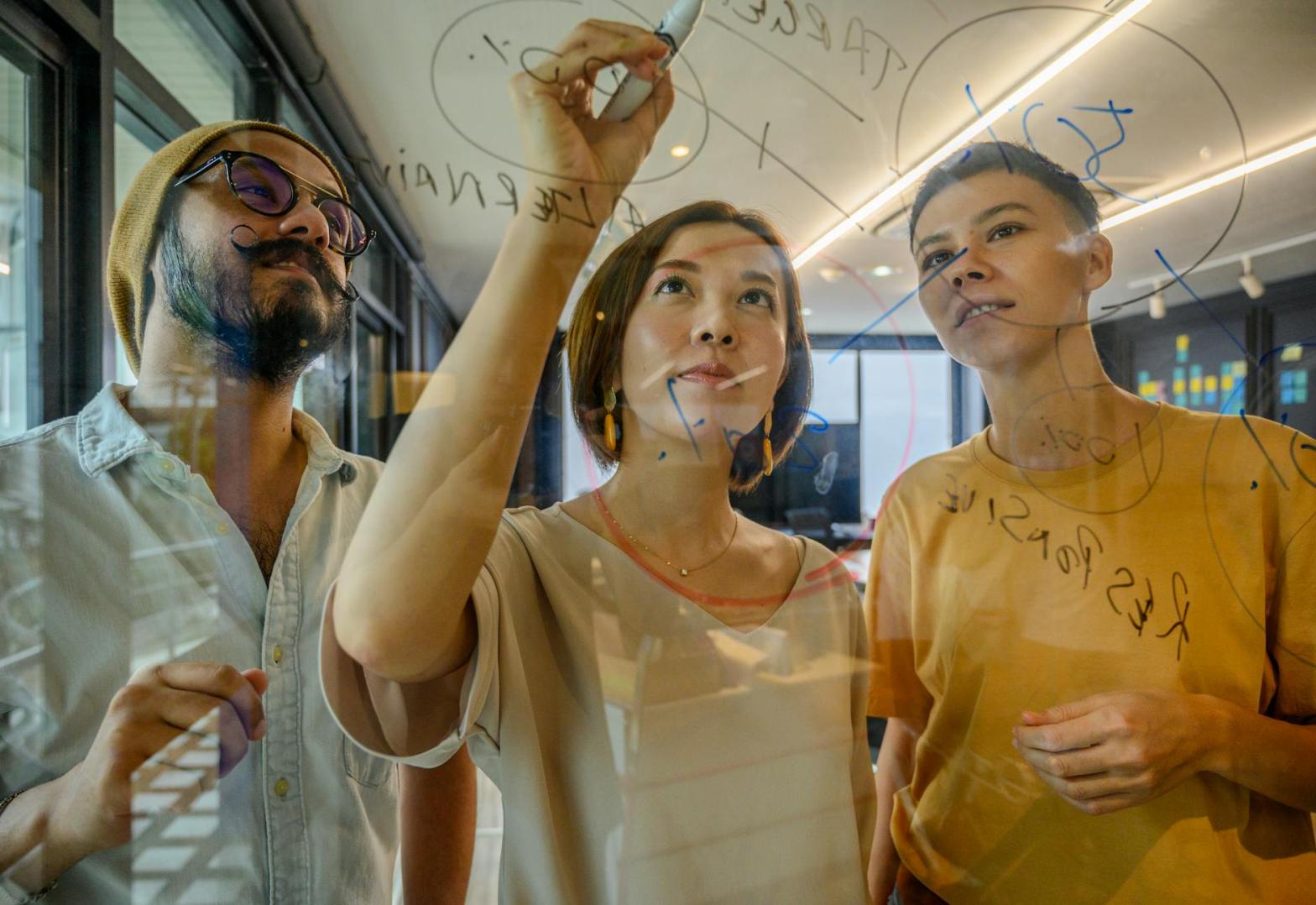Visualising is when you have a clear vision of the future; seeing yourself in a situation in the future where something has happened, usually where you have some level of success and/ or completed a goal. By clearly defining these visions, it can provide motivation to move towards it and often reveal some of the steps that you can begin to take to achieve it.
Additional advantages to using visualisation:
● Studies have shown that visualisation reduces stress due to imagining a better future or outcome of any situation.
● The practice can also enhance cognitive processes such as attention, concentration and memory.
● Visualisation allows you to prepare for events, such as interviews and speeches, and imagine positive outcomes, thus increasing your confidence. You can create the best possible outcome of an upcoming event due to being able to visualise different outcomes and perfecting them.
● In practicing it, you can increase productivity and motivation benefitting projects, teams, and businesses.
There are broadly two types of visualisation, both helpful in their own ways:
Positive visualisation
○ It allows you to decrease stress due to thinking of positive outcomes and focusing on how the future can go well rather than badly.
○ Clear steps that improve confidence and allow you to prepare your abilities to make the better outcome happen.
○ Provides inspiration and motivation to move towards what you want.
Negative visualisation
○ This improves your resilience due to thinking of potential bad outcomes, so when the outcome happens, you are better prepared for the inevitability of the hardship.
○ It allows gratitude for what you have now, due to the bad outcomes being worse than the present moment.
○ It is a component of stoicism, which is a practice that allows you to accept what nature gives you rather than fearing pain or desiring pleasure.
○ If used to prepare for an event such as a presentation, you can visualise mistakes you might make and improve yourself, so you don’t make them when you’re actually doing it.
However, remember to use negative visualisation at a limit. It is important to remember not to turn negative visualisation into negative thinking and let it invade your stream of thoughts.
If you want to know how to use visualisation, here are some tips to help achieve your dreams:
● Decide what you want – pick a particular focus to work towards.
● Make it vivid – picture the the scene fully, incorporate details as well as your own feelings – bring to life the smells, views, feelings, sounds etc to make it feel real.
● Imagine each step – break down how to achieve that goal and visualise each stage of completion of working towards it

